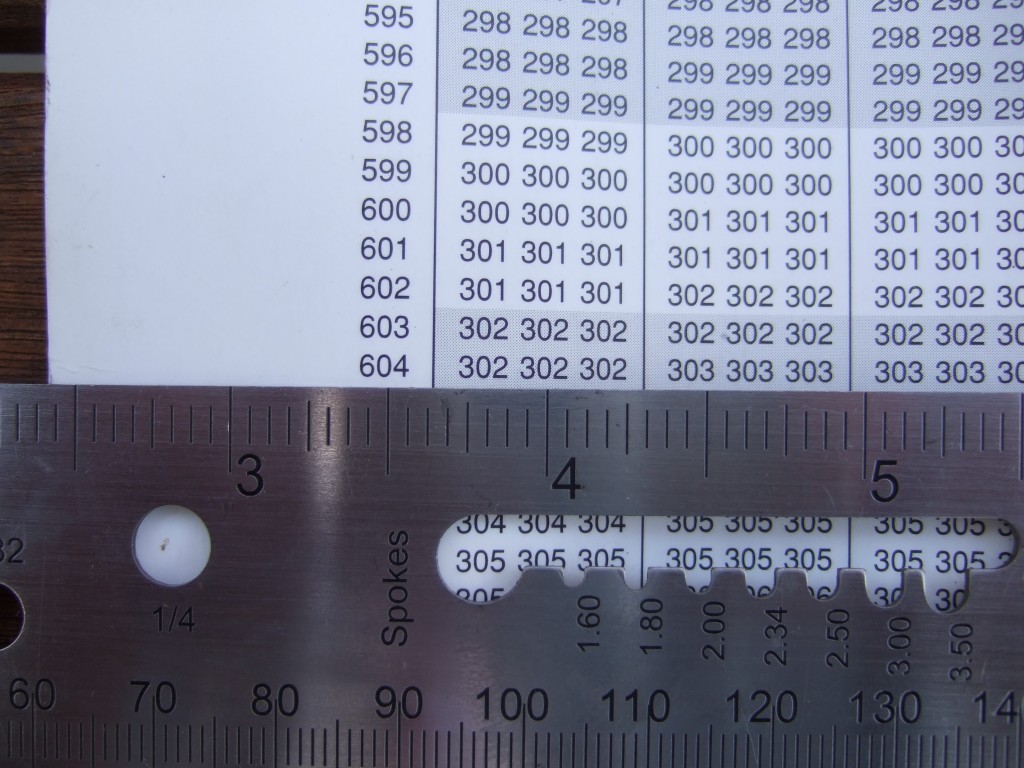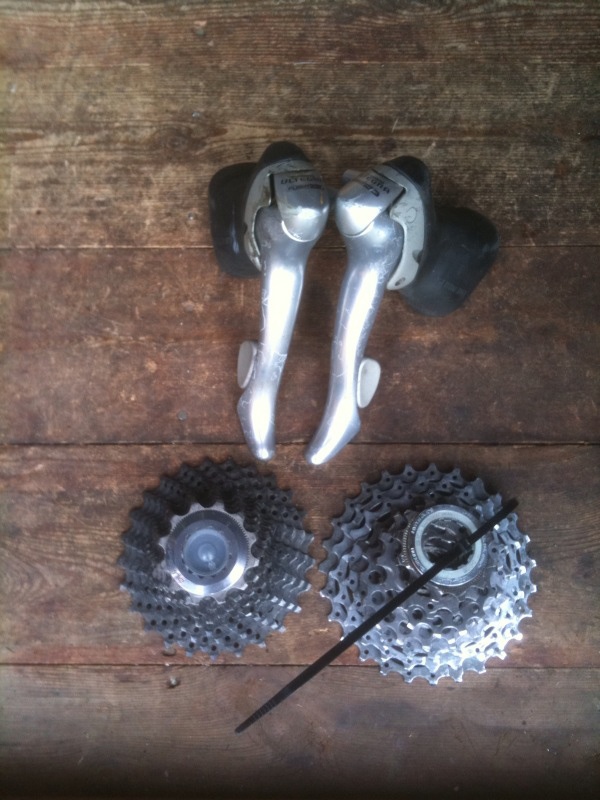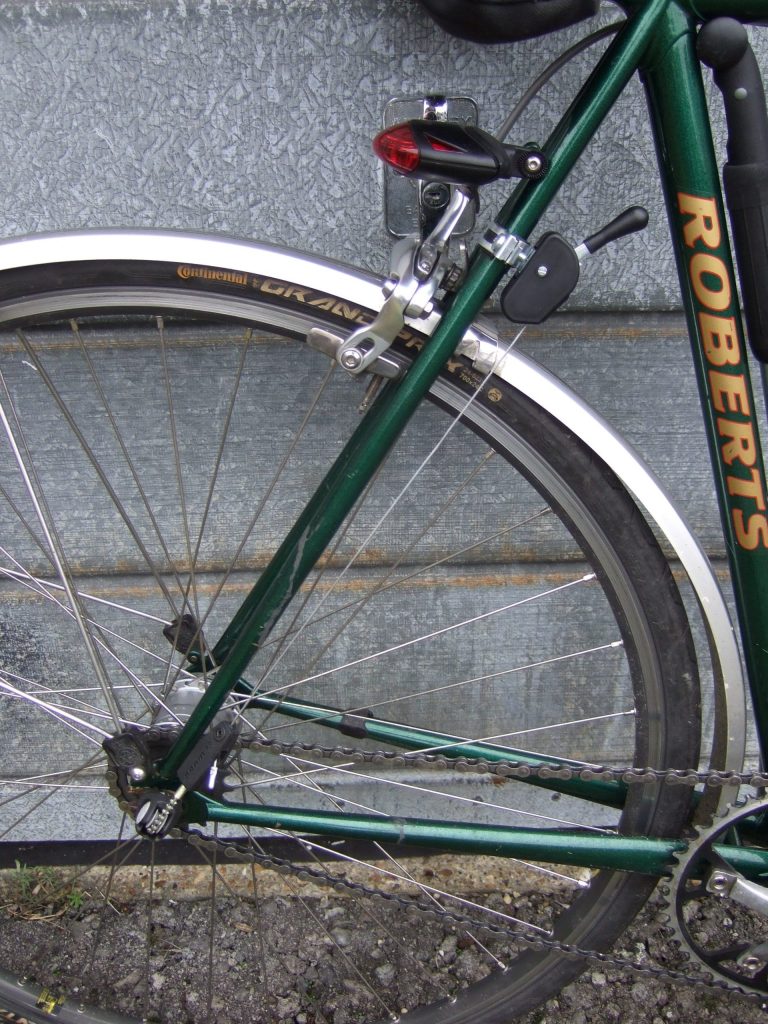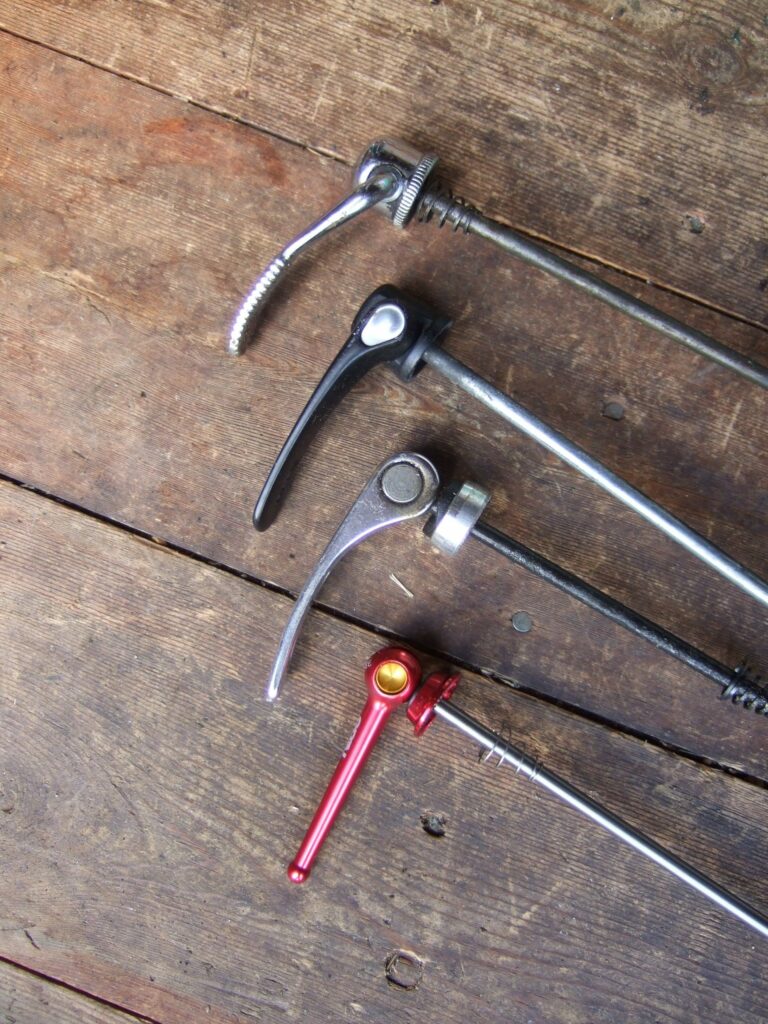
When all the measuring of hubs and rims is done, it’s time to work out how long the spokes will need to be. Greater rather than lesser accuracy is desirable for reasons alluded to in part three. That means calculating spoke length to within 1mm; luckily, there are numerous resources available that make this a relatively easy procedure.
Perhaps the least taxing to use is a spreadsheet called spocalc, not least because the relevant dimensions of many hubs and rims are stored on it. If those chosen for your build are there, it will make the calculations from these, saving the builder the trouble of making measurements.
That said, there’s something satisfying about doing a bit of working out, even if it is as simple as using the online DT Swiss Spokes Calculator. Here’s another one from Belgian spoke manufacturer Sapim. Both require the user to input the sort of measurements we have already taken. Done correctly, this will elicit the required spoke length or lengths.
As will using the DT Swiss SpokeCalc wallchart. This does exactly the same job as the online version and is, for the seasoned user, somewhat quicker. It’s what we will use here.
The chart uses the three measurements already mentioned: the diameter of the hub spoke hole circle (or pitch circle), the distance of the hub flange in question from the wheel centre line ( or flange offset) and the diameter of the rim at the nipple seats.
Table A lists rim diameter vertically and flange to hub centre dimension horizontally. Find the rim diameter (604mm for this build) and read across until you find the column for the required flange offset dimension. For our front wheel, this is 35mm on both sides, the wheel being symmetrical. Note that the same resulting figure may appear across several columns. This is because small differences in flange offset don’t materially affect spoke length. The resulting figure is 304; we’ll call it figure A.
Next, Table B of the chart requires the user to find the pitch circle by reading down the side and then to read across to find where it crosses the column for the spoke count and lacing pattern to be used. There are 30 columns, five each for 24, 28, 32, 36, 40 and 48 spokes. Options for each are zero-cross (i.e. radial) and one-, two-, three- or four-cross.
The figure shown – let’s call it figure B – must be subtracted from figure A to find the spoke length. Pitch circle 39mm with three-cross lacing gives 8. So here we have 304 – 8 = 296mm.
Complete the same process for the rear wheel, bearing in mind that for those rear wheels with the rim offset between the flanges – that is to say, most of them – a separate calculation will need to be done for each side.
Should the planned build use any dimension or lacing pattern neither listed on the chart nor available on an online calculator, it is time to break sweat with a comprehensive equation that does the job. Need this and you are way beyond RCUK’s winter wheelbuild.
Time to order spokes (and nipples).





